corn meal for fungus protection
K
19 years ago
Related Stories

EDIBLE GARDENSGarden BFFs? Why Your Vegetables Are Begging for Companion Plants
Foster friendships among plants for protection from pests, pollination support and color camaraderie
Full Story
CONTAINER GARDENS7 Deer-Resistant Flowers for Your Summer Containers
Grow these as protection for edibles or just for their colorful beauty — deer might not like them, but everyone else will
Full Story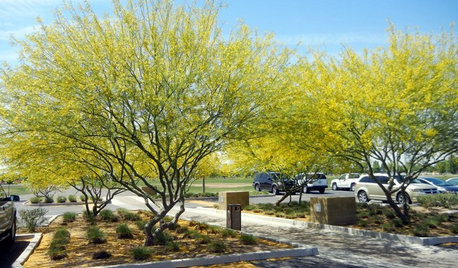
SOUTHWEST GARDENINGSouthwest Gardener's May Checklist
Let May's warm temperatures guide your edible and flowering garden plantings, and don't forget to protect and prune your picks
Full Story
GARDENING GUIDESPacific Northwest Gardener: What to Do in June
Now's the time to prune pines and vines, prevent pests and buy June-blooming plants to keep your garden healthy and beautiful
Full Story
HEALTHY HOMEWhat You Need to Know About Dust and How to Fight It
Breathe easier with these 10 tips for busting mites, dander and other microscopic undesirables
Full Story
SAVING WATER11 Ways to Save Water at Home
Whether you live in a drought-stricken area or just want to help preserve a precious resource, here are things you can do to use less water
Full Story
FALL GARDENING7 Reasons Not to Clean Up Your Fall Garden
Before you pluck and rake, consider wildlife, the health of your plants and your own right to relax
Full Story
MOST POPULAR7 Ways to Design Your Kitchen to Help You Lose Weight
In his new book, Slim by Design, eating-behavior expert Brian Wansink shows us how to get our kitchens working better
Full Story
GARDENING GUIDESTackle Weeds the Natural Way
Instead of dousing your yard with chemicals to wipe out weeds, let time and nature work their magic via smothering and solarization
Full Story
FARM YOUR YARDIf You Have Room for Only One Summer Crop ...
Get an edible that’s long on flavor even if you’re short on space, with a long-time gardener’s favorite picks
Full Story





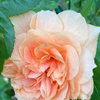
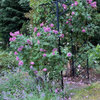
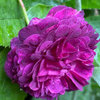
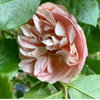
_sophiewheeler
KOriginal Author
Related Professionals
Arnold Landscape Architects & Landscape Designers · Foothill Ranch Landscape Architects & Landscape Designers · Manorville Landscape Architects & Landscape Designers · Garden City Landscape Architects & Landscape Designers · San Juan Landscape Architects & Landscape Designers · Manchester Landscape Contractors · Pottstown Landscape Contractors · Canyon Lake Landscape Contractors · Galveston Landscape Contractors · Norristown Landscape Contractors · Paramount Landscape Contractors · Ringwood Landscape Contractors · Waipahu Landscape Contractors · Waltham Landscape Contractors · Silver Firs Landscape Contractorstaoseeker
KOriginal Author
Kimmsr
KOriginal Author
JAYK
Field
henry_kuska
henry_kuska
Bethany_Z5
henry_kuska
henry_kuska
Bethany_Z5
henry_kuska
Ellen_in_Delaware
Kimmsr